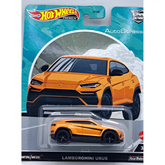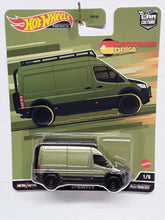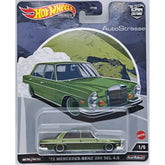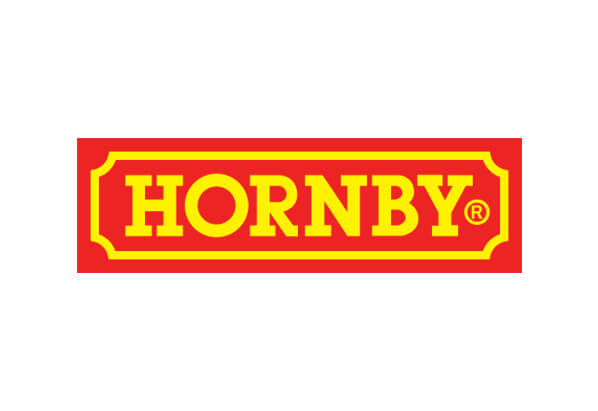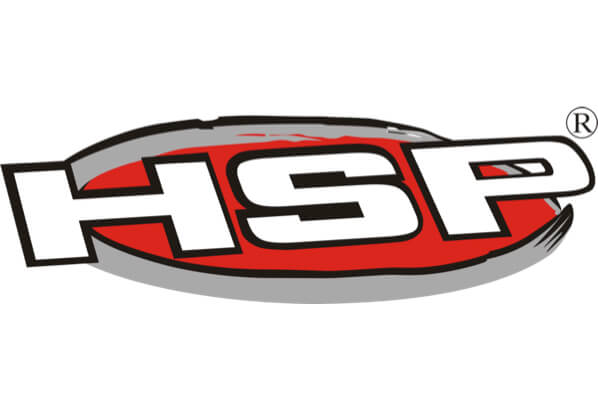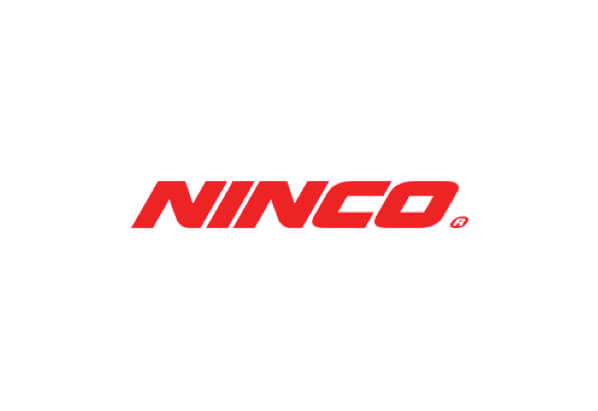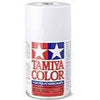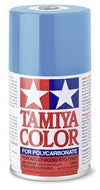Excludes all glues, paints and tools necessary to assemble.
The revolutionary design of the F4U Corsair was created in 1938 in response to the request of the US Navy to design a high-speed fighter stationed on board aircraft carriers. Chance Vought took on the challenge, with the goal of fitting the most powerful of the available engines (i.e. the Pratt-Whitney Double Wasp engine) into the smallest possible airframe. The key was to place the clunky landing gear in the inverted, crooked wings that became the hallmark of the aircraft. The flight of the prototype took place on May 29, 1940, and the US Navy received its first serial Corsair on July 31, 1942. However, tests carried out by the US Navy on aircraft carriers revealed some flaws in the design, which meant that the first production series of the aircraft went to squadrons of the Marine Corps and operated from land bases. The first unit received by the F-4 was the VMF-124 at Gudalcanal. It quickly turned out that the new machine definitely surpasses all enemy machines and, in several respects, also the F-6 Hellcat. At the same time, however, it was very difficult to pilot and required great attention when landing. Interestingly, only up to 20% of Corsair missions took off from the decks of aircraft carriers, and throughout almost the entire war they remained primarily a machine of the Marine Corps. After the end of World War II, the F-4 Corsair remained in the line and took part in the Korean War (1950-1953). Technical data (version F4U-4): Maximum speed: 731 km / h, speed of climb: 19.7 m / s, maximum ceiling 12649 m, maximum range: 1115 km, armament: fixed - 6 M2 machine guns, caliber 12, 7mm and 4 20mm Browning cannons, sling - up to 1800 kg of bombs.


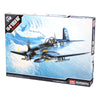

![Hot Wheels '99 Honda Civic Type R [EK9],](http://gpmodels.co.za/cdn/shop/files/715h5Q-mLtL_165x.jpg?v=1708678275)
![Hot Wheels Land Rover Defender 90, HW Hot Trucks 10/10 [Gray] 227/250](http://gpmodels.co.za/cdn/shop/files/41tVg9O-rTL._SL500_165x.jpg?v=1708676172)


